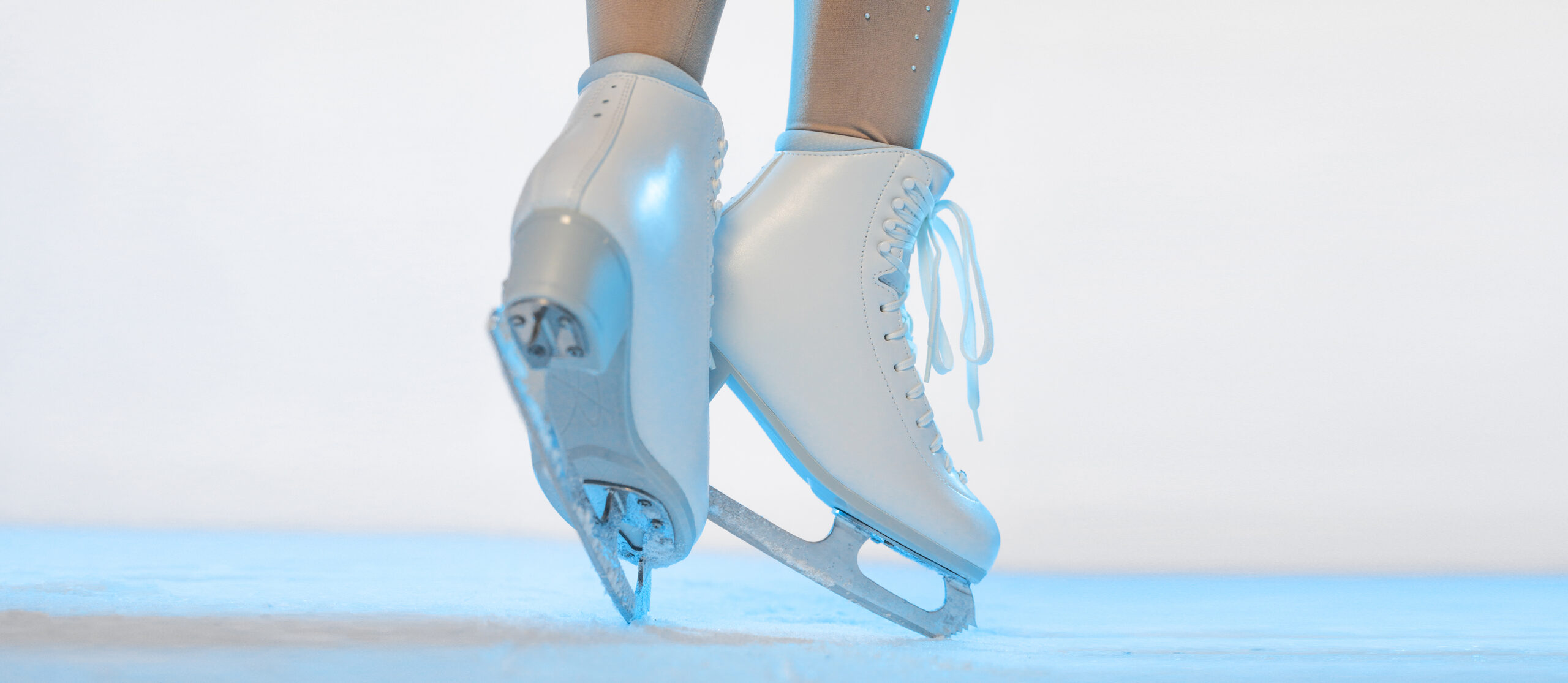Do Ice Skates Run Big or Small?

Do ice skates run big or small? Generally speaking, ice skates generally run smaller than regular shoes.
But sizing isn’t always straightforward. Fit can vary by brand, model, and foot shape, making the right size even more critical for both comfort and performance. This easy guide will walk you through everything you need to know about ice skate sizing and how to find your perfect fit.
Are Ice Skates the Same Size As Shoes?
No, ice skate sizes are usually different from regular shoe sizes. Most ice skates run one to two sizes smaller than your normal shoe size.
Also, finding the right ice skates is about more than just size. It’s about function and feel. Whether you’re new to the ice or a seasoned skater, well-fitting skates elevate your experience and performance.
Expert Tip: Don’t rely on your regular shoe size. Instead, measure your foot length and width and consult the brand’s skate sizing chart.
Do I Size Up or Down with Ice Skates?
You typically size down when buying ice skates. In other words, most people wear skates 1 to 1.5 sizes smaller than their regular shoe size for a snug fit.
A tighter fit enhances control and performance, especially for figure skating or hockey. Recreational skaters often prefer a size closer to their everyday size but still choose a smaller one.
Loose skates can cause blisters and instability. A proper fit means a nug heel, secure arch, and minimal toe wiggle.
Why the Proper Fit Matters
You’d be surprised by the skating benefits of a good fit. Fit and size directly impact performance, safety, and overall experience.
Benefits include:
- Improved balance and edge control
- Reduced risk of injury
- Increased power and efficiency
- Fewer blisters and pressure points
- Greater confidence on the ice
Common Ice Skate Sizing Mistakes to Avoid
These are the most common mistakes people make when looking for their boot fit.
- Buying them too large. While having room in your ice skates is good, going too big can make them uncomfortable and cause blisters or hot spots.
- Skipping the measurement. Foot size is unique. Don’t leave it to guesswork.
- Buying used skates. Avoid going used, if possible, as secondhand skates may be poorly fitted for your feet.
- Failing to break them in. Be sure to break in your new skates. Here are some expert tips on conforming your skates to your feet for the best fit.
- Incorrect lacing. Make sure the skates are properly laced and tied so your feet are secure.
Expert Tip: When selecting the right size ice skates, you’ll want expert advice from a professional skate fitter or experienced salesperson. Fitters can also provide advice on how to break in your new skates properly once you buy them.
Ice Skates Have Evolved—So Has the Fit
Ice skates have come a long way since 3000 BC, when people used long animal bones strapped to their feet with leather. Over time, metal blades were introduced and became the standard for ice skating.
In the 20th century, skating brands such as Riedell began to focus on creating skates that provided a better fit. This was achieved through advancements in materials and designs, such as using heat-moldable materials and custom-fit liners.
Finding the Right Riedell Boot Size
To properly fit a Riedell skate, measure your foot’s length and width. Ideally, having someone take the measurements will give you a more accurate number.
Once you have your measurements for each foot, use our sizing chart to find your size. At Riedell, our figure skates are built with the athlete in mind. Our ice skates are always the perfect fit for those who need a competitive edge, helping all skaters find comfort and control with every stride.
